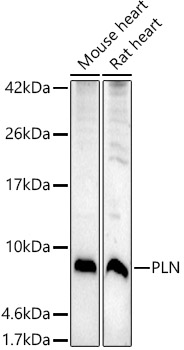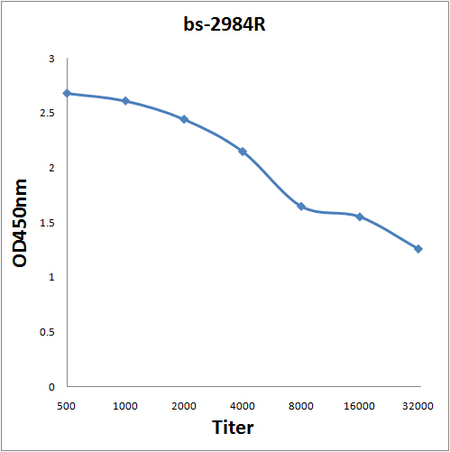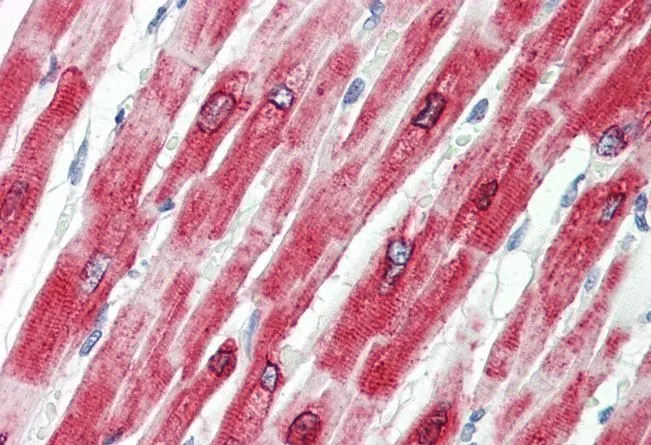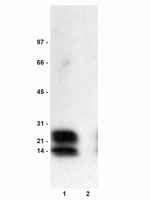Phospholamban antibody
GTX109254
ApplicationsWestern Blot, ImmunoHistoChemistry, ImmunoHistoChemistry Paraffin
Product group Antibodies
ReactivityHuman, Mouse, Rat
TargetPLN
Overview
- SupplierGeneTex
- Product NamePhospholamban antibody
- Delivery Days Customer9
- Application Supplier NoteWB: 1:1000-1:10000. IHC-P: 1:100-1:1000. *Optimal dilutions/concentrations should be determined by the researcher.Not tested in other applications.
- ApplicationsWestern Blot, ImmunoHistoChemistry, ImmunoHistoChemistry Paraffin
- CertificationResearch Use Only
- ClonalityPolyclonal
- Concentration1.63 mg/ml
- ConjugateUnconjugated
- Gene ID5350
- Target namePLN
- Target descriptionphospholamban
- Target synonymsCMD1P, CMH18, PLB, phospholamban, cardiac phospholamban
- HostRabbit
- IsotypeIgG
- Protein IDP26678
- Protein NamePhospholamban
- Scientific DescriptionThe protein encoded by this gene is found as a pentamer and is a major substrate for the cAMP-dependent protein kinase in cardiac muscle. The encoded protein is an inhibitor of cardiac muscle sarcoplasmic reticulum Ca(2+)-ATPase in the unphosphorylated state, but inhibition is relieved upon phosphorylation of the protein. The subsequent activation of the Ca(2+) pump leads to enhanced muscle relaxation rates, thereby contributing to the inotropic response elicited in heart by beta-agonists. The encoded protein is a key regulator of cardiac diastolic function. Mutations in this gene are a cause of inherited human dilated cardiomyopathy with refractory congestive heart failure. [provided by RefSeq]
- ReactivityHuman, Mouse, Rat
- Storage Instruction-20°C or -80°C,2°C to 8°C
- UNSPSC12352203
References
- Shen L, Li C, Zhang H, et al. Downregulation of miR-146a Contributes to Cardiac Dysfunction Induced by the Tyrosine Kinase Inhibitor Sunitinib. Front Pharmacol. 2019,10:914. doi: 10.3389/fphar.2019.00914Read this paper
- Zhang Y, Jiao L, Sun L, et al. LncRNA ZFAS1 as a SERCA2a Inhibitor to Cause Intracellular Ca(2+) Overload and Contractile Dysfunction in a Mouse Model of Myocardial Infarction. Circ Res. 2018,122(10):1354-1368. doi: 10.1161/CIRCRESAHA.117.312117Read this paper







